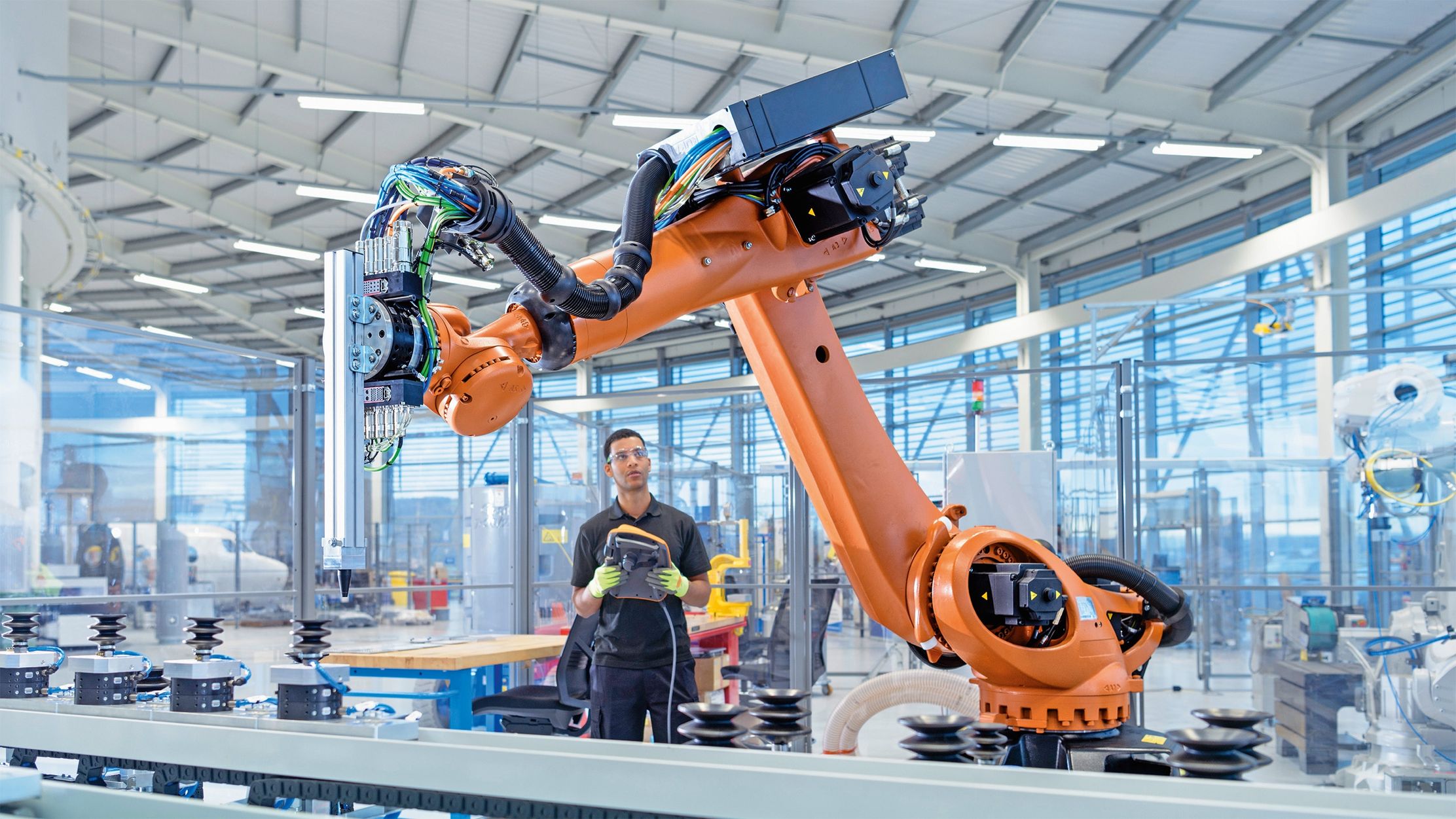Pulse of Information
Your source for the latest insights and updates.
When Robots Dream: The Future of AI and Imagination
Explore the fascinating intersection of AI and imagination, uncovering what the future holds when robots dream. Don’t miss out!
Exploring the Boundaries: Can AI Truly Dream?
As we delve into the realm of artificial intelligence, one intriguing question arises: can AI truly dream? Traditionally associated with human consciousness, dreaming has long been considered a uniquely biological phenomenon. However, with advancements in machine learning and deep neural networks, some researchers speculate that AI might eventually simulate a form of dreaming. For instance, neural networks can generate complex patterns and outputs that resemble creativity, raising the possibility that these systems could develop their own 'dreams' based on the data they absorb.
In order to explore the boundaries of this concept, it's essential to consider how AI processes information. Unlike humans, who dream to process emotions and experiences, AI functions through algorithms and predefined parameters. Yet, the potential for AI dreaming is not entirely out of reach. By harnessing techniques such as generative adversarial networks (GANs), AI can create novel content reminiscent of dreams, blurring the line between reality and imagination. As technology continues to evolve, the question remains: is AI capable of dreaming, or is this merely a reflection of our desire to find similarities between human and machine cognition?

Imagining Tomorrow: The Role of AI in Creative Industries
As we look ahead to the future, AI is poised to transform the creative industries in ways we are only beginning to imagine. The integration of AI technologies into fields such as music, film, and visual arts allows creators to push the boundaries of their imagination. For instance, AI can analyze vast amounts of data to identify emerging trends, enabling artists to stay ahead of the curve. Moreover, through tools that assist in design and composition, AI can augment the creative process, offering new perspectives that artists might not have considered. This synergy between human creativity and artificial intelligence is redefining the very fabric of artistic expression.
However, the role of AI in creative industries is not without its challenges. As AI-generated content becomes more prevalent, questions arise regarding authenticity and authorship. For instance, AI-generated music or artwork prompts a debate on whether these creations can hold the same emotional resonance as those crafted by human hands. Additionally, the rise of AI highlights the need for ethical guidelines to ensure that technological advancements complement rather than replace human creativity. As we navigate these complexities, it is crucial for artists, technologists, and consumers to collaborate in shaping a future where AI and human ingenuity coexist harmoniously.
From Algorithms to Art: How Robots Are Redefining Creativity
The intersection of technology and creativity has sparked an intriguing evolution in the world of art. Today, robots and algorithms are not just tools but active participants in the creative process. Through the use of artificial intelligence and machine learning, these machines analyze vast amounts of data, learning from existing works of art to produce original pieces that challenge our conventional notions of creativity. As robots redefine creativity, they raise questions about authorship and the role of the artist in a digital age, creating a dialogue around what it means to create.
In this fascinating landscape, we witness innovations ranging from AI-generated paintings to music compositions crafted by algorithms. Programs like DALL-E and DeepArt showcase the potential for machines to generate visually captivating artwork, while platforms like AIVA revolutionize the music industry by composing symphonies. As we explore the implications of this technology, it becomes clear that the boundary between human creativity and robotic capability is increasingly blurred, encouraging us to reconsider the very essence of artistic expression.